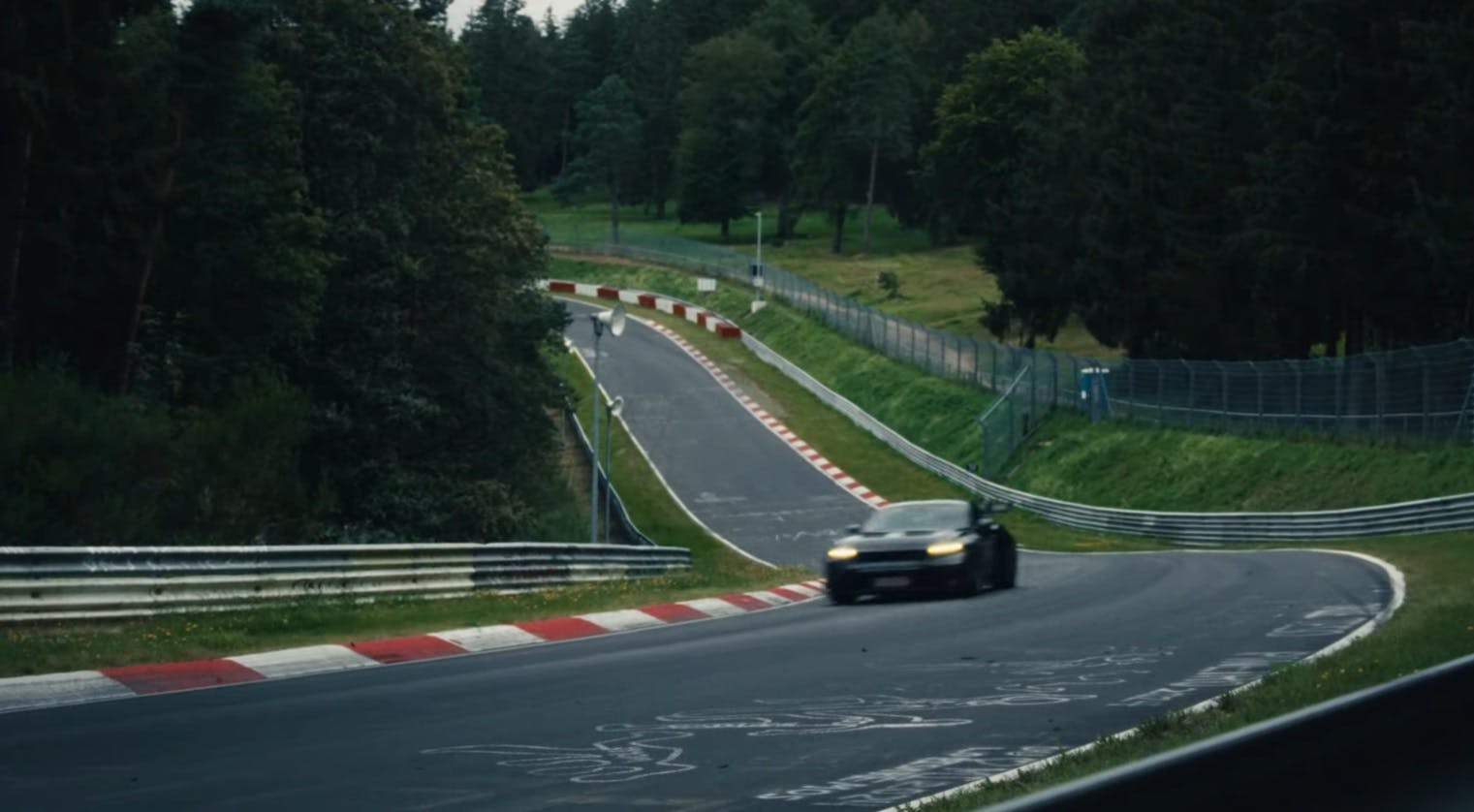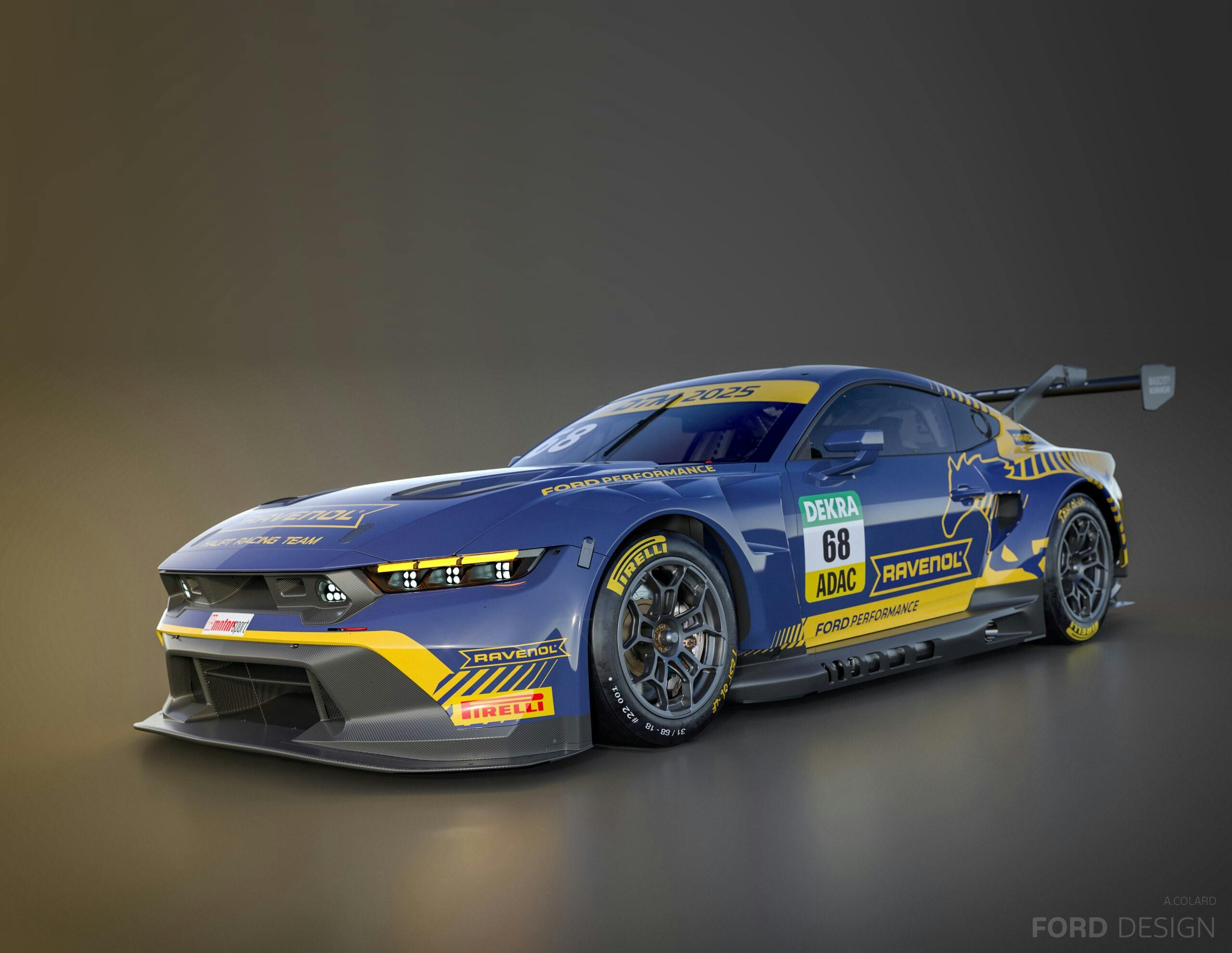There are a lot of people who make a living out of telling us how we should live our lives. And 99.9 per cent of them are fun sponges.
If you open any news site, barely a day goes by when there aren’t lectures about juicing a small orchard while practising breathing like a Tibetan monk, or growing your own odd-shaped vegetables to accompany fish caught by your own hands.

There are diets for overweight people, diets for thin people, diets for health freaks and diets for diet addicts – and an accompanying publishing industry within the publishing industry pumping it all out as fast as the royalties can be counted.
Drinking is bad for us; eating could kill us. Too little exercise could knock years off your life; the wrong sort of exercise could send you to an early grave. Driving is socially unacceptable but loneliness is a killer. Don’t smoke, but we’re not quite sure what vaping may do to you later in life. And on it goes…
You have to wonder what all these ‘experts’ so beloved by media (struggling to generate clicks in a declining advertising market) did before they decided to lecture anyone who’ll listen about how to live their life. My bet is they were all accountants.

Cars, too, have become ‘experts’, which makes me – and likely you – sad. Driving used to be a pleasure, but now any time spent in a modern car is an incessant stream of nannying: Do this! Don’t do that! Slow down! Speed up! Don’t try parking – leave it to my systems! It all makes you feel like a kid again – with your mum standing over your shoulder, nagging.
I can’t believe I’m thinking it, but in some ways, the sooner a truly autonomous car can be summoned and deliver you safely to where you want to go, without this tedious pretence that we all still enjoy driving modern cars and are masters of the machine, the better.
Against this backdrop, one car still rails against the stifling ‘expert’ culture we live in: the Ford Mustang.
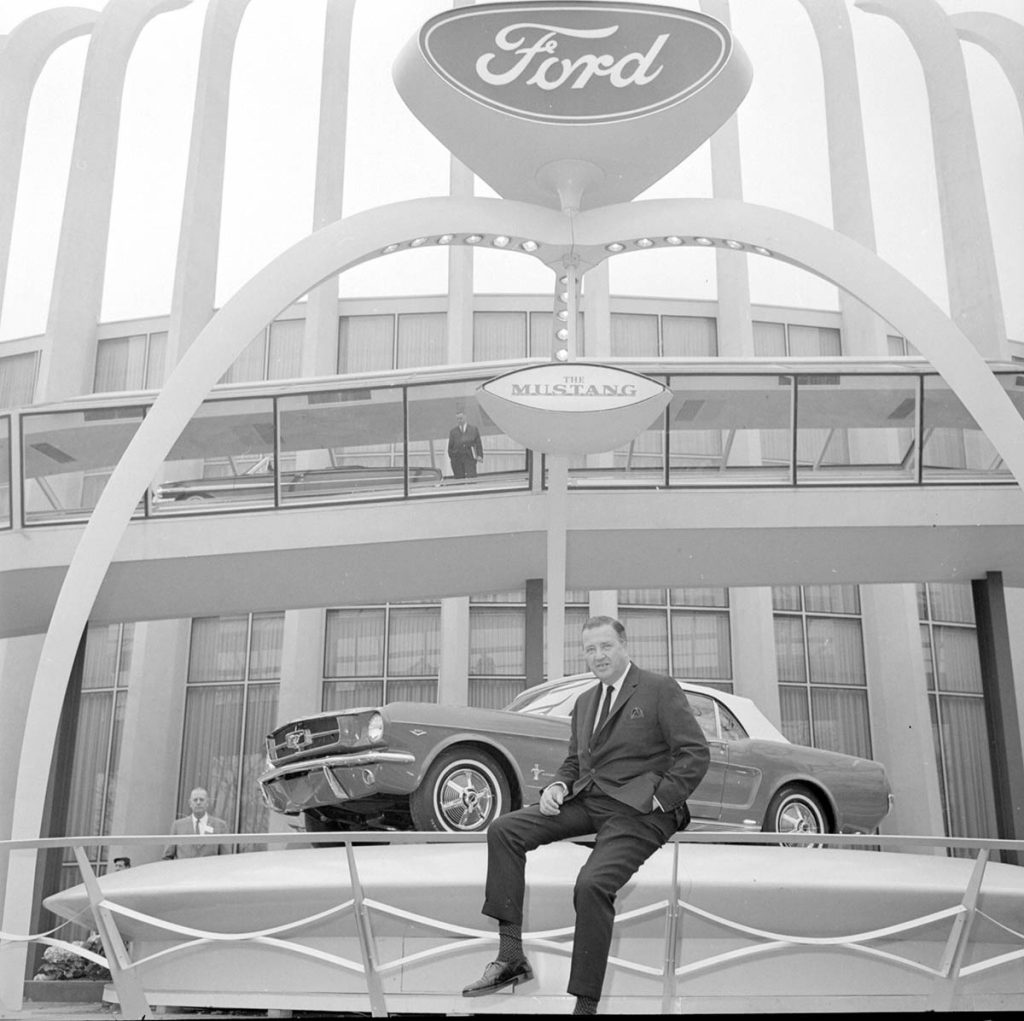
It turns 60 on 17 April, and it’s hard to think of another car that has done quite so much to democratise having a good time. Driving a Mustang has always been about slamming some shots and shaking your ass on the dance floor without a care in the world. It has never tried to be perfect at any one thing, but the driver would nearly always get out with a grin across their face – I say nearly only because Ford dropped the ball with the second-generation Mustang.
British and continental sports cars took everything terribly seriously during the 1960s, when the Mustang was born. The Jaguar E-Type was engineered to hit 150mph. Porsche’s new 911 still had its engine in the wrong place in order to help the company win rallies and races. The Aston Martin DB5 was supremely cool and collected but cost as much as a house (£4248). And Mercedes’ SL ‘Pagoda’ was an exercise in elegance.
The Mustang, on the other hand, just wanted to make as much engine noise and tyre smoke as possible.
It was a hooligan’s dream – and always affordable. At a list price of $2368, it flew out the doors. When the new car was launched at the New York World’s Fair, Ford made sure the it was simultaneously displayed in every one of its dealers. Within days, 22,000 had been sold. The Mustang was one of the fastest-selling cars ever, and by the end of 1964, 419,000 had been snapped up for good times. The last time America witnessed a rush like this, Ray Kroc was bringing fast food to the masses.
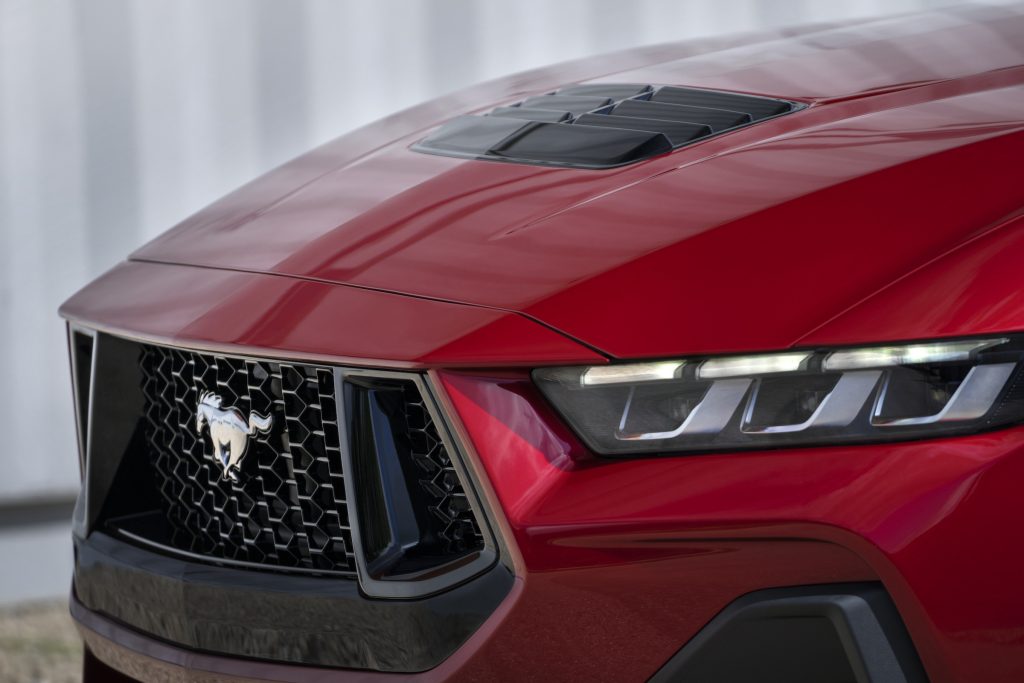
Despite our pleas, it took Ford a good 50 years to sit up and take notice of Great Britainland. But we could forgive it. When the sixth-generation Mustang finally arrived on these shores, it promptly rolled off the cargo ship and performed a 15-second long burnout, thanks to something called Electronic Line Lock. The new feature, capable of producing a whiteout, was the perfect way for the world’s most mischievous muscle car to use technology to its – and its driver’s – advantage.
I once tested that generation Mustang back to back with a BMW M4, and frankly there was no contest. The M4 was fast, and well made by comparison, but the Mustang just wanted to give you a good time – and its antisocial antics had me laughing so hard I had to wipe the tears from my eyes and catch my breath.
Like its predecessors, it was brilliant at putting you at the heart of the action. The BMW was faster, had more grip, and seemed the more precise machine, but the Mustang had feel and soul to spare. You could drive it up to and beyond the tyres’ limits of adhesion without soiling your Levis – something of an unfortunate problem in the spiky M4.
And as if that weren’t awkward enough, all this Motown magic cost £20,000 less than Germany’s ultimate driving machine.
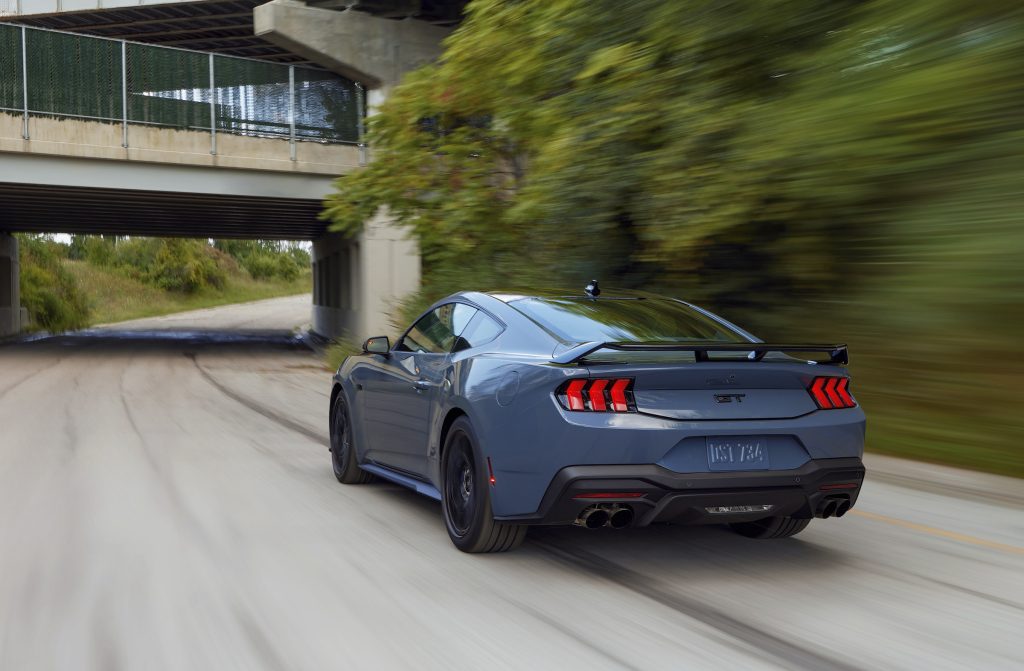
There’s now a new Mustang that Ford is calling the seventh generation, although it is really simply a reskin and update of the version we were finally treated to. It remains resolutely unapologetic. There’s a new ‘Remote Rev’ feature that (you guessed it) lets you rev the car’s engine remotely using the key, and an ‘Electronic Drift Brake’ that’ll pitch the car sideways in true Bullitt fashion. Magnificent.
It’s all so fantastically childish. And it’s why, if you’re in the market for a modern sports car, you need to give a Mustang a go. Even after 60 years, the Mustang still doesn’t give two hoots what people think about it.


